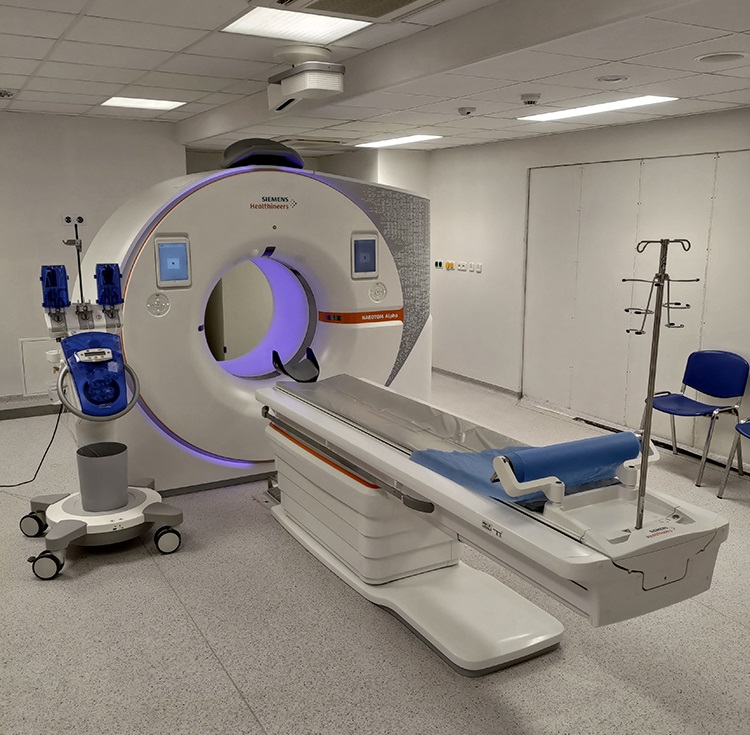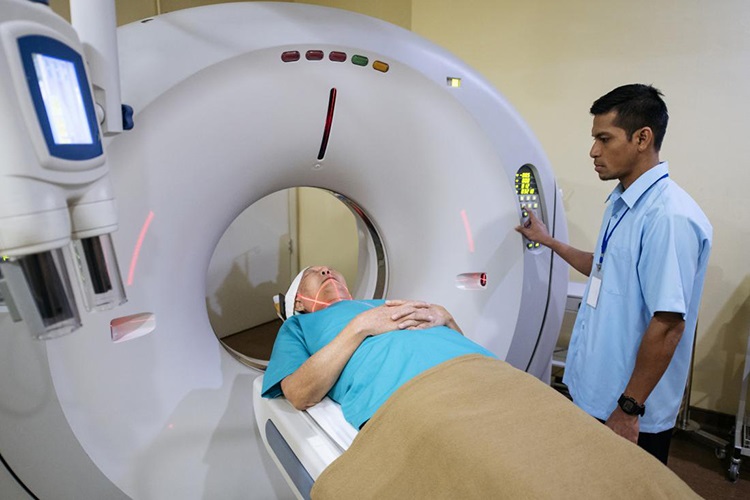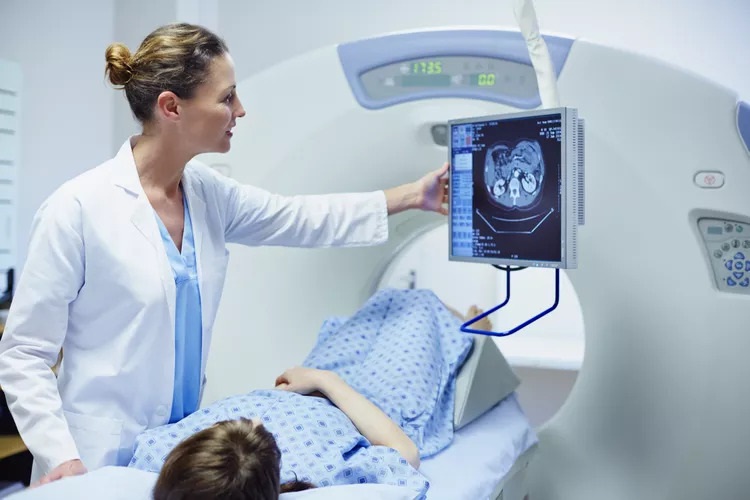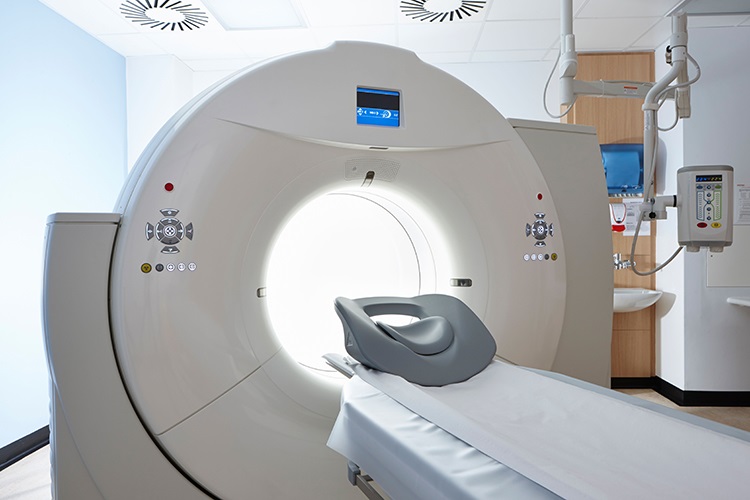CT Scans
A CT (computed tomography) scan, also known as a CAT (computed axial tomography) scan, is a medical imaging technique that uses X-ray technology to create detailed cross-sectional images of the inside of the body. It is a valuable tool for diagnosing and monitoring various medical conditions. Here is an overview of CT scans:
1. Principle of CT Scanning:
- CT scans use a combination of X-rays and computer technology to create detailed cross-sectional images of the body.
- The patient lies on a table that moves through a doughnut-shaped machine called a CT scanner. X-ray beams are directed at the body from multiple angles, and detectors measure the amount of radiation that passes through the body.
- The data is processed by a computer, which constructs detailed cross-sectional images or “slices” of the body’s internal structures.
2. Types of CT Scans:
- CT scans can be performed on various parts of the body, such as the head, chest, abdomen, pelvis, and extremities.
- Specialized CT scans, like CT angiography, can be used to visualize blood vessels, and contrast-enhanced CT scans involve the use of contrast agents (iodine-based) to highlight specific structures or abnormalities.
3. Common Uses:
- Diagnosing and monitoring various medical conditions, including cancers, heart disease, vascular problems, and bone disorders.
- Detecting and characterizing injuries or trauma, such as fractures and internal bleeding.
- Planning and guiding surgeries or other medical procedures.
- Evaluating the extent of infections or inflammatory diseases.
- Monitoring the response to treatments, such as chemotherapy or radiation therapy.
- Screening for certain diseases, like lung cancer in high-risk individuals.
4. Preparing for a CT Scan:
- In many cases, you may need to avoid eating or drinking for a few hours before the scan.
- If a contrast agent is used, you may be asked about any allergies to iodine and other medications.
- You’ll likely be asked to change into a hospital gown and remove jewelry or metal objects that might interfere with the imaging process.
5. During the CT Scan:
- You’ll be asked to lie on a table that moves into the CT scanner.
- The technician will ensure you are positioned correctly and may use restraints to minimize movement during the scan.
- You might be asked to hold your breath briefly, especially for chest or abdominal scans.
- The CT scanner will make clicking or buzzing sounds during the procedure.
6. Safety Concerns:
- CT scans involve exposure to ionizing radiation, but the doses are typically low and considered safe for diagnostic purposes.
- Pregnant women are usually advised to avoid CT scans, as the radiation could harm the developing fetus.
- It’s important to inform your healthcare provider about any previous exposure to radiation or allergies to contrast agents.
7. Results:
- The images generated by the CT scanner are interpreted by a radiologist, who will provide a report to your referring physician.
- The results are used for diagnosis and treatment planning.
CT scans are a valuable diagnostic tool in modern medicine, providing detailed and highly informative images of the body’s internal structures. They are often an integral part of the diagnostic process and contribute to better patient care and treatment decisions.



